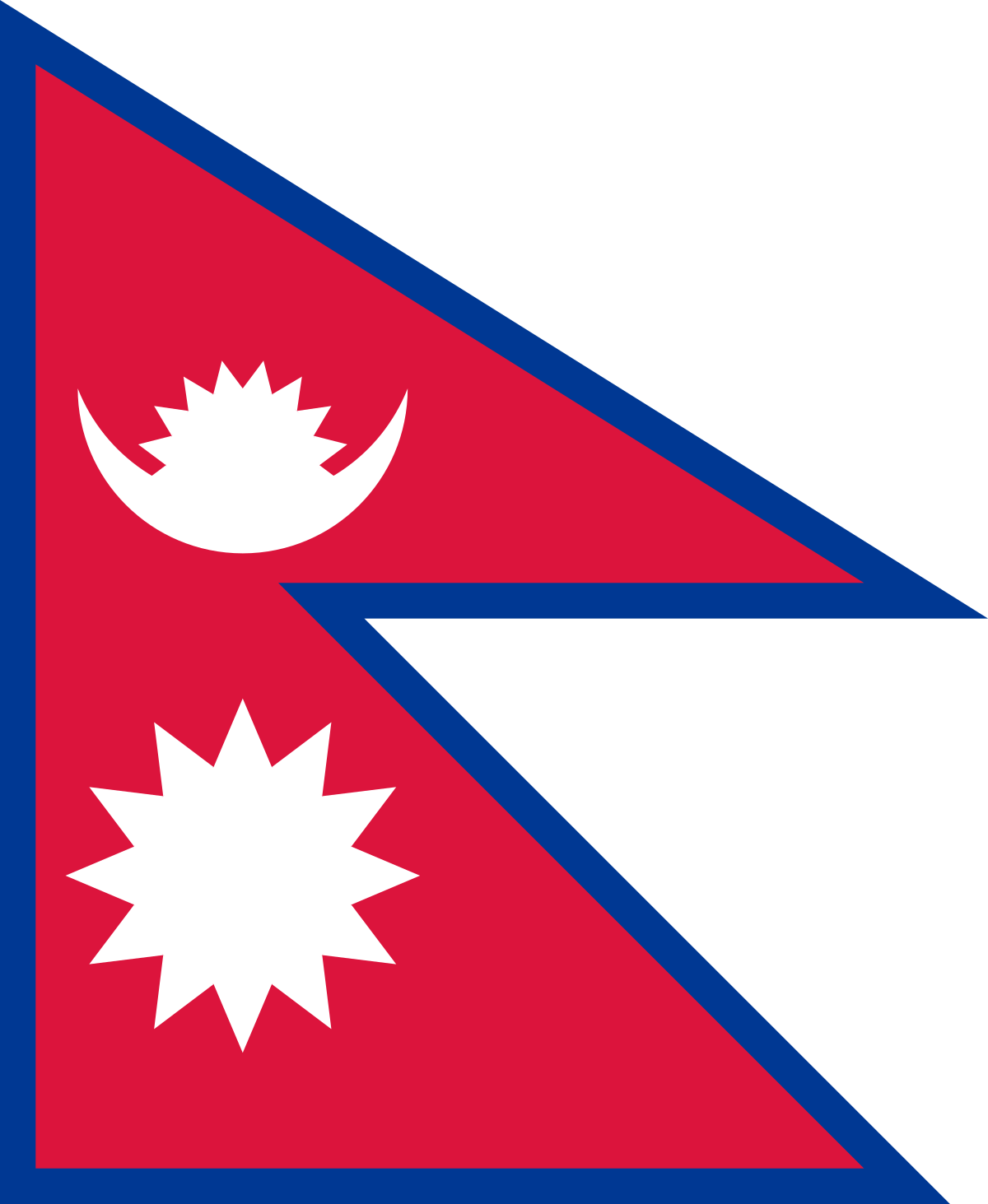
Amid mounting casualties, the government swiftly reversed course. Communications and Information Technology Minister Prithvi Subba Gurung announced the withdrawal of the social media shutdown early on 9 September, confirming that platforms were operational once again. Curfews remain in force across the capital and several other cities as tensions continue.
Home Minister Ramesh Lekhak resigned, citing moral responsibility for the violence, amid growing domestic and international condemnation. Human rights bodies, including the UN, have called for prompt, transparent investigations into the security forces’ response.
Protesters decried the ban as censorship, but deeper grievances fuelled the unrest. The so-called Youth-led outrage turns deadly reflects widespread frustration over corruption, nepotism and lack of economic prospects under Prime Minister K. P. Sharma Oli’s administration. Tensions echoed broader discontent across South Asia, drawing comparisons to anti-government demonstrations in Sri Lanka and Bangladesh.
Students and young people became the face of resistance, with “Gen Z protests” symbolising a generational rejection of political elitism. Social media—briefly weaponised as both target and tool—survived as protesters continued to mobilise using compliant platforms like TikTok and VPN services.
